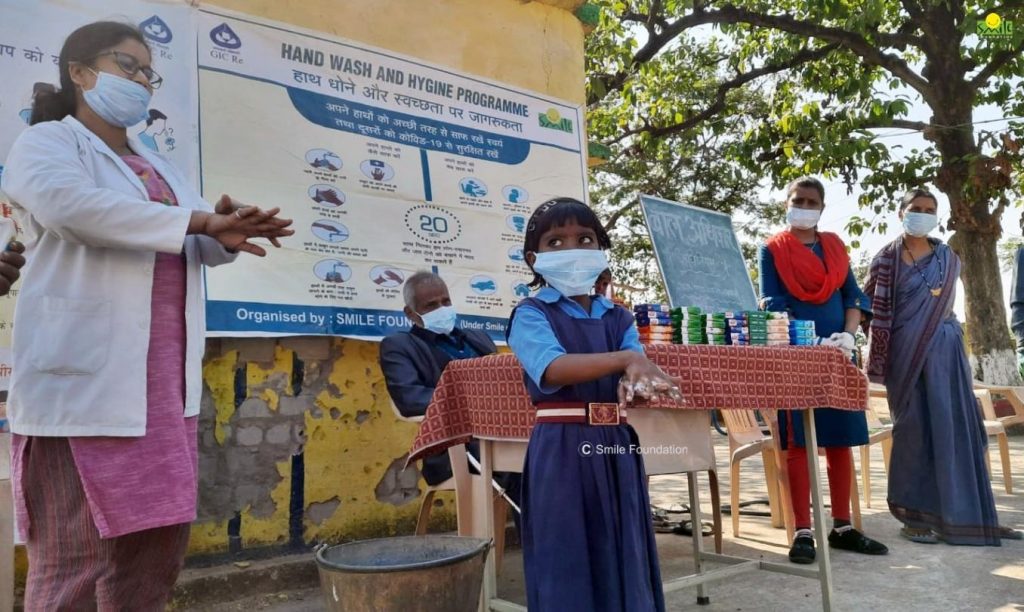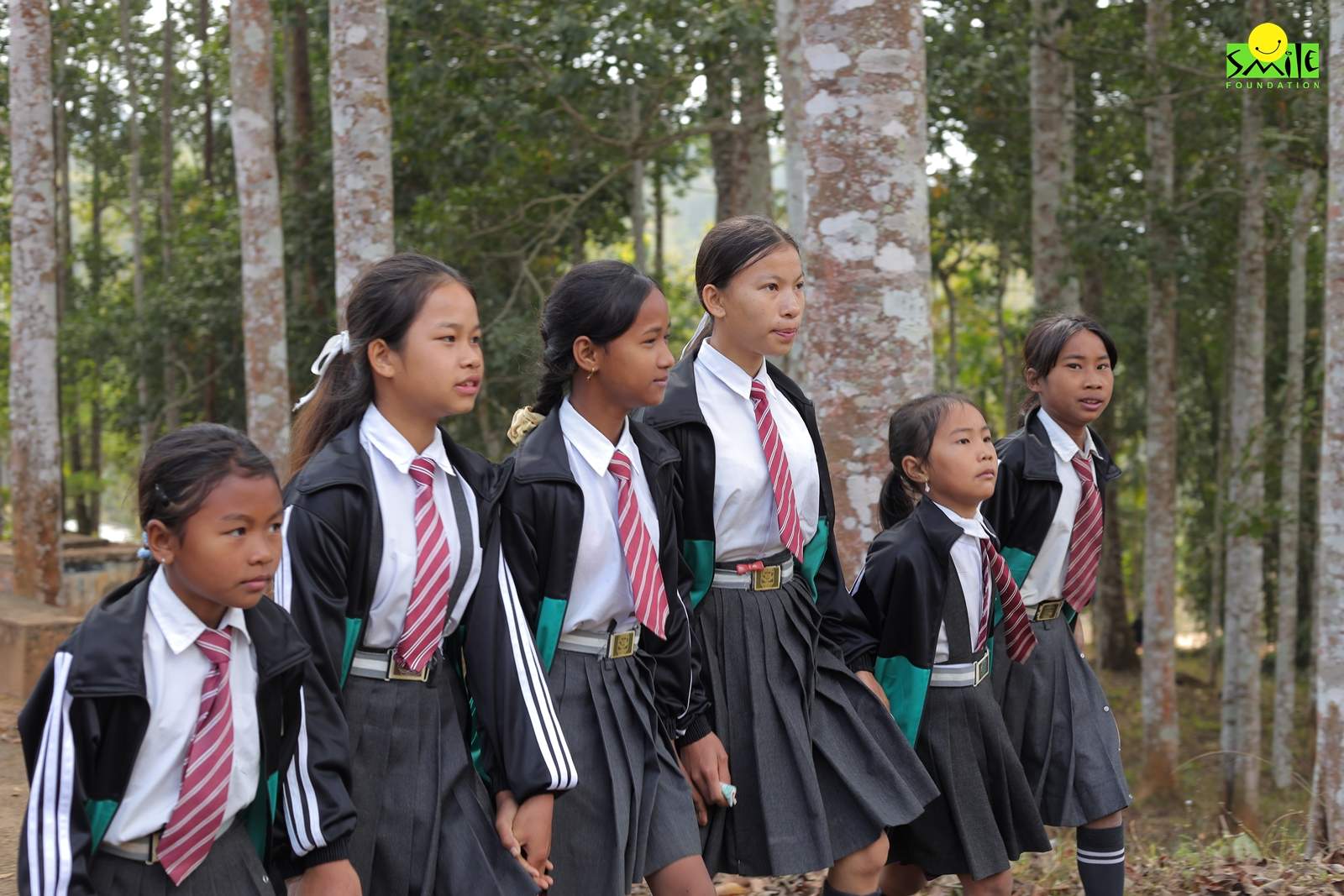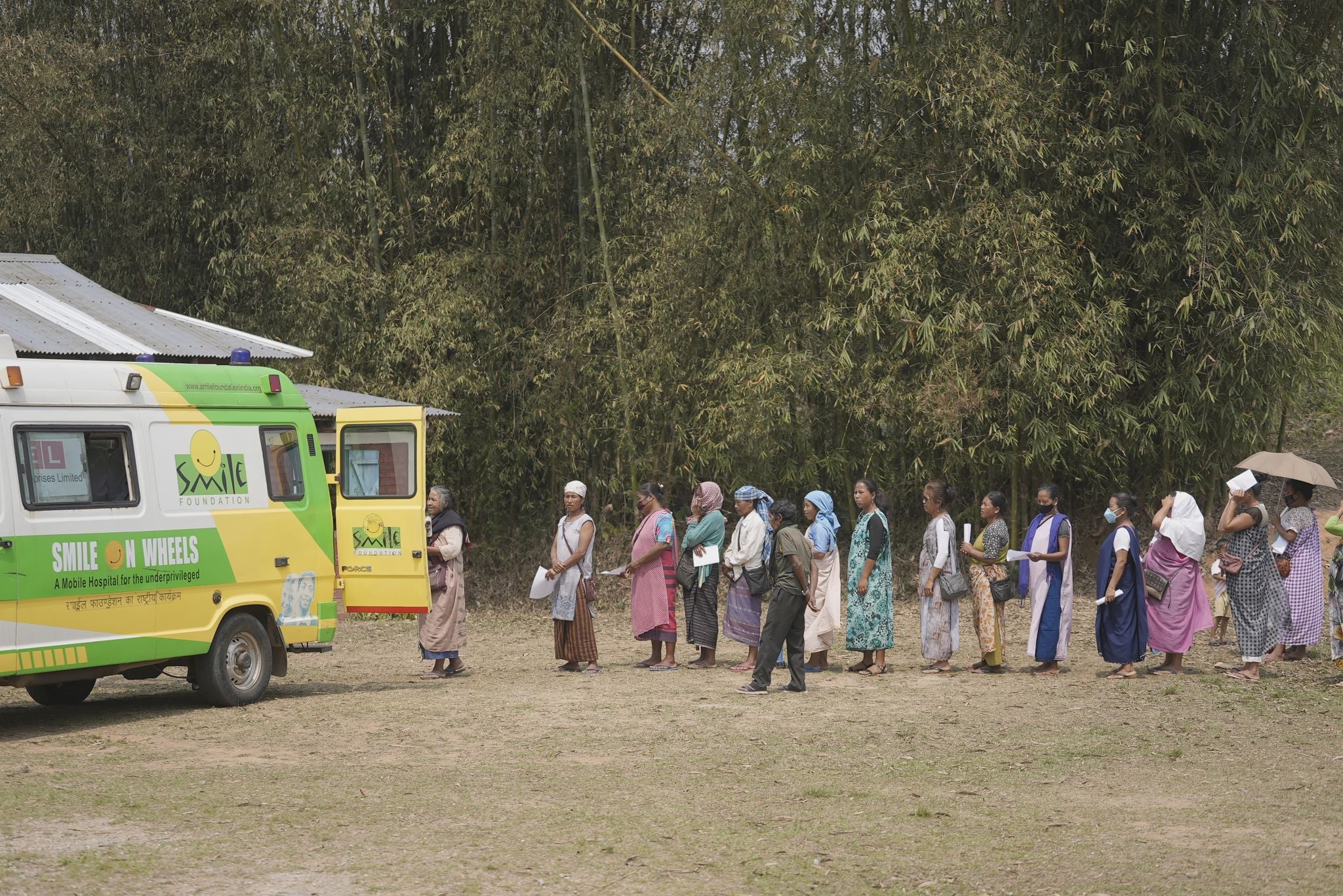Against the backdrop of poor rainfall exacerbated by the El Nino effect, Bengaluru is reeling from depleted groundwater levels and dwindling reservoir capacities. This crisis reverberates across sectors, from education to industry, underscoring the interconnectedness of water sustainability with economic resilience and societal well-being. As policymakers grapple with immediate interventions and long-term solutions, the journey of Bengaluru reflects the complexities of water governance and the imperative of holistic approaches to achieve SDG 6 targets amidst evolving environmental challenges.
When the United Nations formulated the Sustainable Development Goals (SDGs), water conservation emerged as a paramount concern. Sustainable Development Goal 6 (SDG 6) was thus established to ensure the availability and sustainable management of water and sanitation for all. Progress toward this goal is indispensable for health, sustainability, and overall development.
Pre-SDG 6 Establishment
The water and sanitation scenario of India before the inception of SDGs in 2015 was fraught with significant challenges. The nation had the dual challenge of meeting the extensive needs for both water supply and sanitation facilities across its diverse and rapidly expanding population. Even before the formal adoption of SDG 6, the Indian government had launched several initiatives to address these challenges. Programmes like the National Rural Drinking Water Programme (NRDWP) and the Total Sanitation Campaign (TSC), later renamed the Nirmal Bharat Abhiyan (NBA), aimed to enhance water access and promote sanitation practices in rural India. However, progress was uneven, with the scale of the challenge often surpassing available resources and mechanisms.
India faced hurdles such as limited access to safe drinking water, water quality concerns due to contamination from various sources, depletion of groundwater resources and inadequate infrastructure. A NITI Aayog report estimated that 21 cities in India would run out of groundwater affecting more than 100 million population (NITI Aayog, 2018). Issues like open defecation, inadequate sanitation infrastructure, behavioural barriers and the urban-rural divide further compounded the sanitation crisis across the nation.
The introduction of SDG 6 provided countries, including India, with a global framework and impetus to address water and sanitation issues more systematically and ambitiously. India showcased its commitment to SDG 6 through ambitious policies and innovative programmes aimed at tackling water scarcity, sanitation needs and climate change impacts. Initiatives like the Jal Jeevan Mission (JJM), Swachh Bharat Mission (SBM) and National Water Mission have high potential to achieve clean water and sanitation for its vast population.
Strategic Initiatives
Jal Jeevan Mission (JJM): Launched in 2019, JJM aims to provide every rural household with safe water via tap connections by 2024, emphasising improved water access in rural areas.
Swachh Bharat Mission (SBM): Started in 2014, SBM focuses on eliminating open defecation and ensuring complete sanitation through the construction of millions of toilets nationwide.
National Water Mission: A component of the National Action Plan on Climate Change, this mission underscores water conservation, waste minimisation and equitable distribution to address climate change challenges.
Achieving SDG 6 contributes to broader socio-economic development objectives in the country
- Health and Well-being: Access to clean water and sanitation facilities is fundamental to public health and well-being. By ensuring safe drinking water and proper sanitation practices, SDG 6 progress can significantly reduce the burden of waterborne diseases, improve nutrition outcomes and enhance overall quality of life for millions of people, particularly in marginalised communities.
- Poverty Alleviation: Lack of access to water and sanitation perpetuates the cycle of poverty by limiting opportunities for education, livelihoods and economic growth. SDG 6 progress, through initiatives like the Jal Jeevan Mission and Swachh Bharat Mission, not only addresses basic human needs but also creates employment opportunities, boosts productivity and empowers communities to break free from the cycle of poverty.
- Gender Equality: Women and girls often bear the disproportionate burden of water collection and sanitation responsibilities, which can limit their participation in education, employment and community life. By improving access to water and sanitation services, SDG 6 progress promotes gender equality by reducing the time and effort women spend on water-related chores, enabling them to pursue other opportunities and participate more actively in decision-making processes.
- Environmental Sustainability: Sustainable water and sanitation management are essential for environmental conservation and climate resilience. SDG 6 progress involves initiatives to conserve water resources, protect ecosystems and mitigate pollution, thereby contributing to environmental sustainability and long-term resilience against climate change impacts.
New Approaches to Address Water Challenges of India
- Harnessing Technology for Water Management: Embracing advanced technologies such as remote sensing, Internet of Things (IoT), and artificial intelligence (AI) can revolutionise water management. Implementing smart water meters, sensor-based irrigation systems and predictive analytics can optimise water usage, detect leakages and improve overall water resource management efficiency.
- Promoting Decentralised Water Treatment and Recycling: Encouraging decentralised water treatment systems at community and household levels can mitigate water scarcity challenges. Implementing cost-effective and eco-friendly solutions like rainwater harvesting, greywater recycling and decentralised wastewater treatment plants can augment water supply while reducing dependence on centralised water sources.
- Fostering Public-Private Partnerships (PPPs) for Water Infrastructure: Leveraging public-private partnerships (PPPs) can expedite the development of water infrastructure and enhance service delivery. Collaborating with private entities for financing, building and operating water supply and sanitation projects can bring in innovation, efficiency and investment required to address the growing water demands effectively.
- Implementing Nature-Based Solutions (NBS) for Water Management: Embracing nature-based solutions (NBS) offers sustainable and cost-effective approaches to water management. Restoring wetlands, creating green infrastructure such as bioswales and vegetated buffers, and conserving natural watersheds can enhance water quality, recharge groundwater and mitigate the impacts of floods and droughts.
- Enhancing Community Engagement and Water Governance: Empowering local communities and stakeholders in water governance processes fosters ownership, transparency and accountability. Implementing participatory approaches such as community-led water management committees, citizen science initiatives and public awareness campaigns can promote sustainable water use practices, ensure equitable access and strengthen resilience to water-related challenges.
By embracing these new approaches and fostering collaboration among stakeholders, India can overcome the multifaceted challenges associated with SDG 6 and move closer towards achieving water security and sustainability for all.
Smile Foundation and SDG 6
Through its education initiative, Mission Education, Smile Foundation has positively impacted the lives of 10,300 students across multiple states, including Karnataka, Tamil Nadu, Rajasthan, Uttar Pradesh, West Bengal, Haryana, Punjab and Maharashtra. Operating in 51 schools and Mission Education centres, Smile Foundation has worked to integrate valuable lessons on water, sanitation and hygiene (WASH) into the curriculum.
By equipping students with knowledge about proper hygiene practices and the importance of clean water and sanitation, the initiative has empowered them to become catalysts for change within their communities. These students are not only safeguarding their own health but also advocating for WASH initiatives in their regions.
Today on the occassion of World Water Day, let us agree that by nurturing a generation of informed and conscientious individuals, we can contribute towards the realisation of SDG 6 and laying the groundwork for a healthier, more sustainable future for India.









